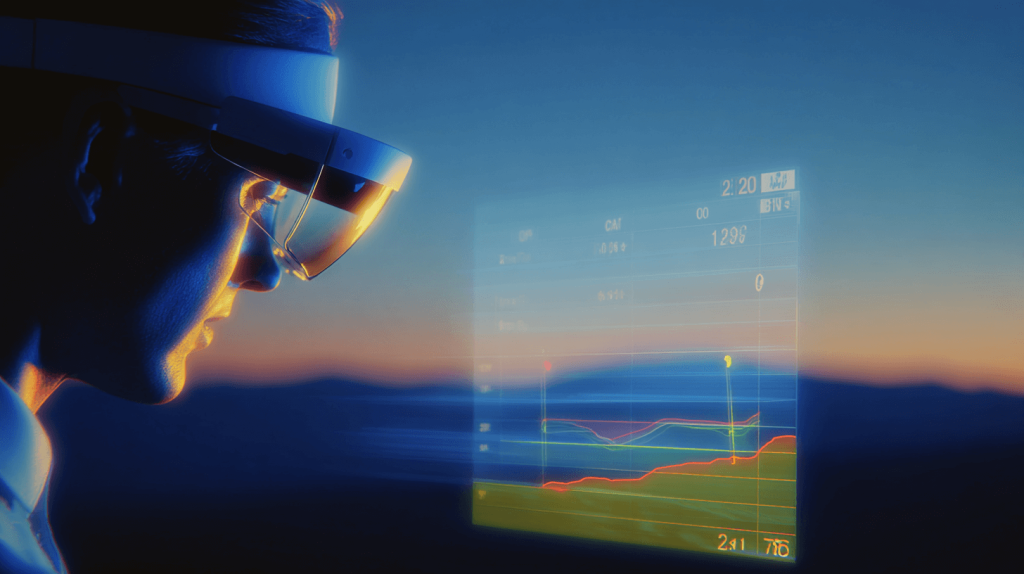The COVID-19 pandemic has had a significant impact on our country over the past year. We are approaching 300,000 coronavirus-related deaths, and many Americans have had to cancel their summer and holiday travel plans. The far-reaching impacts of COVID-19 has prompted action from numerous agencies of the federal government. To encourage the innovation of important and possibly life-saving treatments, the United States Patent and Trademark Office (USPTO) offers prioritized examination for patent applications and medical device inventions related to COVID-19 for small-entity and micro-entity applicants.
The fight against COVID-19 includes innovative new vaccines, as well as novel medical devices to administer those vaccines. And the symptoms associated with the COVID-19 illness has prompted many innovators to create new medical devices with unique properties designed to diagnose or treat the complications that COVID-19 presents in infected patients.
Small medical device companies are one of the groups working diligently in the fight against COVID-19. These companies can benefit from the USPTO’s pilot program for prioritized examination of their COVID-19-related patent applications. For example, expedited examination and the issuance of a patent can provide companies with a competitive advantage when patents protecting the inventions are brought to market.
What Is Prioritized Examination?
There are a number of circumstances under which certain patent applicants may receive prioritized examination at the USPTO. Officially referred to as a “Track One” application, the USPTO aims to mail a final disposition of the examination process (i.e., the application is allowed as a patent, or is finally rejected) within 12 months of filing the patent application. Once an application is accepted in the COVID-19 pilot program, applicants will have the same time periods to respond to an Office action as applicants enrolled in the permanent Track One process. But when the applications are pending before at the Office, the USPTO will prioritize examination of the “Track One” applications. Accordingly, applicants should receive any initial or follow-up Office actions from the USPTO expeditiously.
What Patent Applications is the COVID-19 Pilot Program open to?
Only utility patent and plant patent applications are eligible for prioritized examination under the Track One program. The program is currently available for the following patent applications:
- Non-continuing, original, nonprovisional utility or plant patent applications filed with an acceptable request to participate;
- Original, nonprovisional utility or plant applications making a benefit claim under 35 U.S.C. §§ 120, 121, or 365(c) to one prior nonprovisional application or one prior international application designating the United States filed with an acceptable request to participate; and
- Utility or plant applications, including the national stage of a prior international application, in which an acceptable request to participate has been filed with or after a request for continued examination (RCE), if no prior RCE was granted prioritized examination status.
It should be noted that benefit claims to one or more prior provisional applications under 35 U.S.C. § 119(e) or foreign priority claims under 35 U.S.C. §§ 119(a)–(d) or (f) will not cause a non-provisional application to be ineligible for this pilot. Further, any application claiming the benefit of the filing date of two or more previously filed non-provisional U.S. applications or international applications designating the United States under 35 U.S.C. §§ 120, 121, or 365(c) is not eligible for participation in this pilot, but the applicant may request prioritized examination under 37 C.F.R. § 1.102(e).
What are the Requirements for the COVID-19 Track One Program?
- Applicants must apply using the COVID-19 Track One application form.
- Applicants must certify that they qualify as a small or micro entity.
- Applicants must file the application electronically.
- The application must include at least one method or device claim directed to a COVID-19 related invention.
- The application must be an original, non-provisional application and may not be a continuing application.
- The claimed method or device must be subject to an applicable FDA approval for COVID-19 use, such as a Premarket Approval (PMA), an Investigational Device Exemption (IDE), or an Emergency Use Authorization (EUA).
What is the Scope of the COVID-19 Pilot Program?
Only a limited number of patent applications will be accepted for prioritized examination. When this Pilot Program was launched in May, the USPTO announced it would accept only 500 applications. As of December 8, 2020, the USPTO has received 421 requests and granted 251 of those requests. As such, 249 more applications can be accepted for prioritized examination under the current pilot program.
How much money does the COVID-19 Pilot Program Cost?
Normally, applications for expedited examination under the Track One program require the submission of the fees in 37 CFR §§ 1.17(c) and (i)(1). But due to the urgency surrounding the fight against the COVID-19 pandemic, the normal fees for prioritized status under Track One for COVID-19 related applications have been waived.
How is a Patent Application filed under the COVID-19 Pilot Program?
Small medical device companies and independent inventors that have developed a new medical device related to treating, diagnosing, or managing the symptoms and/or complications associated with COVID-19, should reach out to an experienced medical device patent attorney to discuss how best to protect their intellectual property rights associated with the invention.
The Rapacke Law Group offers free initial consultations, and would be happy to work with you to secure patent protection for your innovative medical device.




